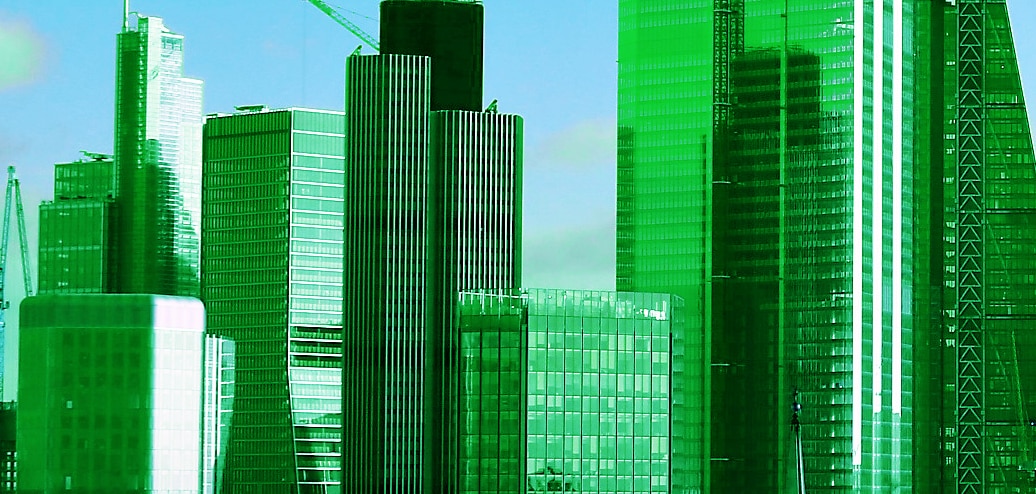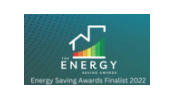At the time of publication of the 1.5°C Plan, the UK’s ambition was to achieve an 80% reduction in emissions by 2050. Since then, both national and local climate ambition has increased in terms of decarbonising UK cities to lead reduction.
At a national level, the UK has committed to reach a 68% reduction in emissions by 2030 (relative to 1990 levels) and to reach net zero emissions by 2050. For London, the quoted aim is to commit to moving that net zero target from 2050 to 2030.
Successfully decarbonising UK cities before 2050 could follow several potential pathways, with London defining likely routes to achieving net zero early.
Two scenarios, high electrification, and high hydrogen are closest to current UK-wide targets, with a target 68% reduction in emissions by 2030 relative to 1990 levels. High electrification favours electrification of heat and transport, whilst high hydrogen assumes that hydrogen is available at scale in the long term. With a commitment to a more ambitious retrofit programme, these scenarios represent the maximum level of residual emissions considered to be still compatible with a 2030 Net Zero target.
High electrification and high hydrogen slightly exceed national targets, with high electrification modelled to decarbonise faster (27% residual emissions in 2030) due to the reliance of high hydrogen converting the gas grid which happens after 2030 (30% residual emissions in 2030). The high hydrogen scenario is the most optimistic about the role that hydrogen will play in that it assumes there will be a conversion of the existing gas grid to hydrogen in the post-2030 period. Conversion in that scenario begins in the early-to-mid-2030s, with completion by 2045, and total demand reaching 26 TWh/year in 2050 (compared to the current demand of close to 60 TWh/year natural gas). Both scenarios only reach 10% emissions in the early 2040s.
Accelerating the process of decarbonising UK cities successfully requires local authorities, the private sector and public bodies to all engage in a proactive role in driving the transition to net zero. These scenarios are therefore further refined under ‘no constraints’ or ‘accelerated green’ delivery.
With no constraint over the short timeframe from costs or local influence to implement challenging policies, such as early scrappage of boilers and vehicles, a significantly accelerated decarbonisation pathway is opened to meet the minimum achievable residual emissions by 2030. Due to the pace of decarbonisation required, technology options will necessarily be limited to those that are currently available or will certainly be available by the late 2020s, with a high reliance on widespread electrification. Modelling shows that 14% residual emissions (relative to 1990 levels) are achieved by 2030, falling to 10% shortly after, in 2033 when there are no constraints. This is considered the maximum level of emissions reduction possible by 2030 (minimum residual emissions) and relies on the deployment of very ambitious levels of behaviour change toward electrification of heat and transport, supported by significant supportive policy at the national and regional levels.
The accelerated green scenario represents an intermediate option which aims to reach the lowest possible residual emissions by 2030 without boiler and vehicle scrappage. The city would decarbonise as rapidly as possible while leaving long-term technology options open. This would mean allowing some heating systems to remain connected to a blended (hydrogen and biomethane) gas grid and a moderate share of pure hydrogen in selected applications.
Without requiring widescale scrappage, the accelerated green approach reaches 22% residual emissions by 2030 and achieves 10% residual emissions in the late 2030s, four years later than the unconstrained approach.
In all scenarios, most remaining emissions in 2030 come from Buildings (40-50%, depending on the scenario) and Transport (38-40%). Under the published 1.5°C Plan all four scenarios decarbonised less rapidly, such that around 40% of emissions would still remain in 2030.
All scenarios assume varying degrees of hydrogen use. The current technological immaturity of hydrogen production and the need to deploy the Hydrogen that is available to strategically important sectors represents a significant risk factor in the high hydrogen scenario, both in terms of the uncertainty of availability, emissions intensity, and future costs. In all scenarios hydrogen therefore only plays a small but strategic role in meeting the net zero by 2030 target.
Without constraints, early action on decarbonising UK cities ultimately offers the lowest cost pathway by 2060 with the added benefit of lower ongoing fuel costs than in other scenarios. But without the full support of all key players, expectations are likely to fall in favour of the lowest cost and least disruptive scenario presented.
Without carbon costs, high hydrogen is the lowest cost scenario, largely due to lower technology costs associated with gas boilers (H2 or biomethane) compared to heat pumps. Despite the lower CAPEX costs in the high hydrogen scenario, the perceived higher fuel costs expected to heat a building using a hydrogen boiler over a heat pump, mean that the cumulative costs for high hydrogen will eventually increase above the other scenarios. But familiar boiler/water heater technology, less installation disruption and the potential for future capping of costs on green hydrogen continue to drive the positive outlook for the technology as a means of achieving early success in decarbonising UK cities.
Source: Element Energy Report, 2022 – Analysis of a Net Zero 2030 Target for Greater London













